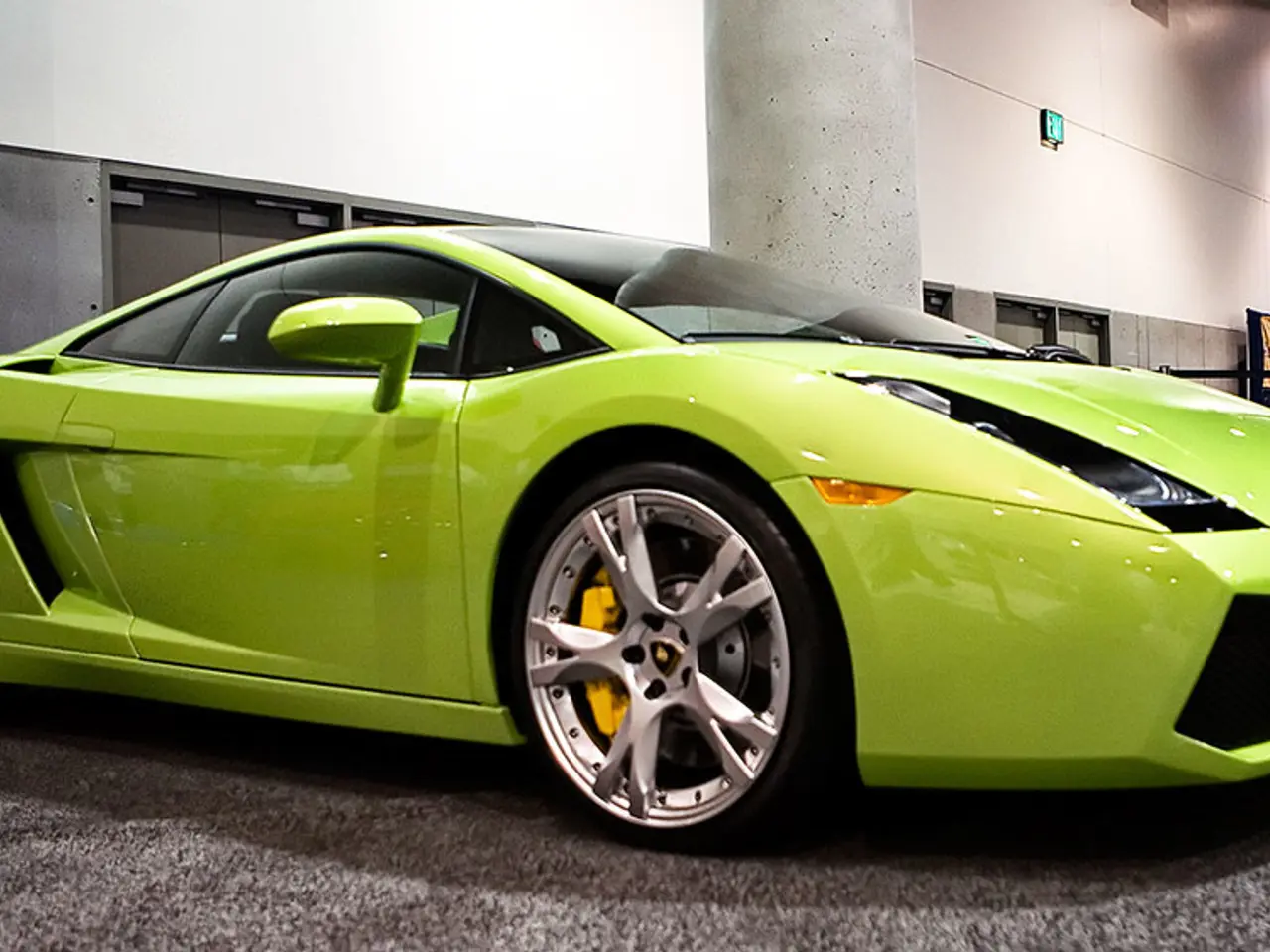Five athletic powerhouses associated with high-performance automobiles, including Aston Martin and McLaren.
High-Performance Plug-In Hybrid Sports Cars Take Centre Stage
The world of luxury and high-performance cars is undergoing a significant shift, with manufacturers like Ferrari, Lamborghini, McLaren, Aston Martin, and Czinger embracing plug-in hybrid technology. This transformation aims to improve the carbon footprint of these iconic vehicles while maintaining their legendary performance.
The Ferrari 296 GTB and Aston Martin Valhalla
The Ferrari 296 GTB and Aston Martin Valhalla are two standout examples of this new generation of sports cars. The Ferrari 296 GTB can accelerate from 0 to 100 km/h in just 2.7 seconds, reach 200 km/h in 7 seconds, and has a top speed of 350 km/h. It can cover 25 kilometers purely electrically and reach a speed of 135 km/h. The Aston Martin Valhalla, on the other hand, can accelerate from 0 to 100 km/h in an impressive 2.5 seconds and also has a top speed of 350 km/h.
Lamborghini Temerario and McLaren Artura
Joining the ranks is the Lamborghini Temerario, a successor to the Huracan, which will be a plug-in hybrid sports car with an eight-cylinder engine and electric motors, producing a total of 920 PS. The McLaren Artura, available as a coupé and a roadster, starts at around 250,000 euros. It can drive up to 30 kilometers purely electrically and has a top speed of 130 km/h in electric mode. When both engines work together, it produces 680 PS.
The Czinger 21C
The Czinger 21C, a limited-production two-seater with a tandem cockpit, is another exciting addition. Developed in California using 3D printing technology, its 2.9-liter V8 engine produces up to 940 PS and is supplemented by two electric motors at the front axle. This hybrid system propels the Czinger from 0 to 100 km/h in under two seconds and beyond 400 km/h. However, the electric range is modest, around 20 kilometers.
How They Work
These cars leverage plug-in hybrid technology to offer electrified boosts for improved acceleration, instant torque delivery, and some electric-only quiet driving, while maintaining the visceral experience and range of traditional supercars. They feature an electric motor for silent, zero-emission driving at low speeds or short trips, enhancing throttle response and agility. A powerful internal combustion engine handles long-distance cruising and delivers high horsepower during spirited driving. Larger, high-voltage battery packs can be charged via external plugs, enabling electric-only driving before the gas engine kicks in. Regenerative braking recovers energy to recharge batteries during deceleration.
The Future of High-Performance Cars
While exact specs can vary and continue evolving as these models develop, this overview captures how they integrate hybrid tech to achieve cutting-edge performance and sustainability. Pure electric performance vehicles are not yet common in the high-performance car market, with only a few models like the Rimac Nevera and the Lotus Evija having limited success.
As these high-performance plug-in hybrid sports cars continue to evolve, they promise to deliver a unique blend of performance, efficiency, and sustainability, setting a new standard for the future of luxury and high-performance motoring.
[1] Plug-in Hybrid Sports Cars: A Comprehensive Overview [2] Aston Martin Valhalla: A Plug-In Hybrid Supersportscar [3] Lamborghini Temerario: A Plug-In Hybrid Sports Car [4] Ferrari 296 GTB: A Plug-In Hybrid Supercar [5] McLaren Artura: A Plug-In Hybrid Sports Car [6] Czinger 21C: A Hybrid Supercar Revolution
In an effort to harmonize luxury and efficiency, community policies might consider promoting vocational training programs for technologists who specialize in the development and maintenance of plug-in hybrid systems in sports cars. This would ensure that the evolving technologies in these high-performance vehicles, including the Ferrari 296 GTB, Aston Martin Valhalla, Lamborghini Temerario, McLaren Artura, and Czinger 21C, are not only utilized optimally but also sustained for continued innovation in the sports industry.
Furthermore, for individuals passionate about both sports and technology, vocational training programs could offer a unique opportunity to excel in the burgeoning field of plug-in hybrid sports car development, delivering a thrilling fusion of sports performance and sustainable technology.




